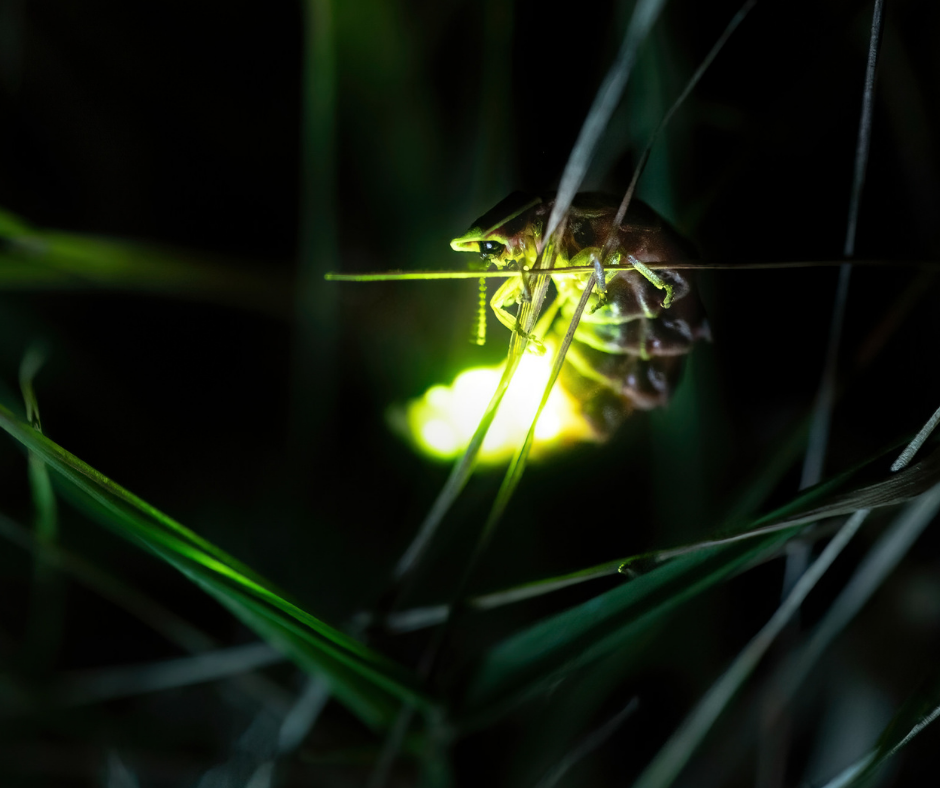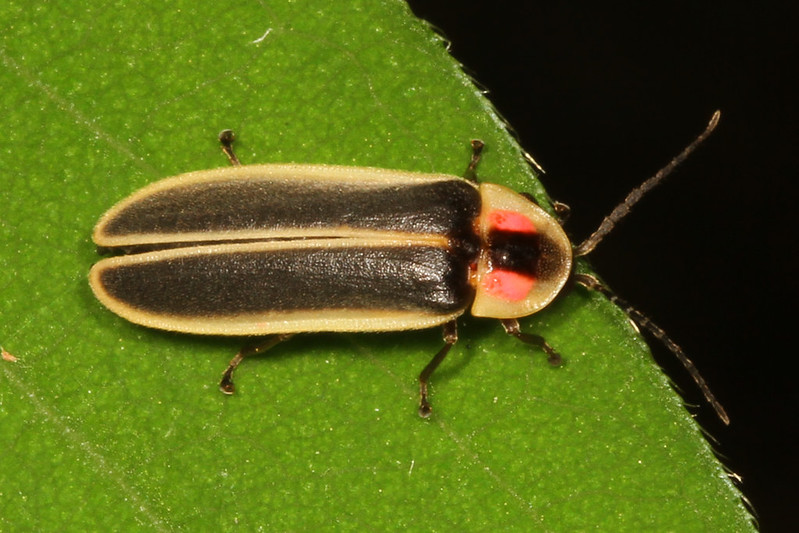Where are all the Fireflies?
Who can deny their love for the little beetles that light up our nighttime skies? Perhaps you call them fireflies, moon bugs, or lightning bugs. These insects earned their names from their bioluminescence. Bioluminescence results from a chemical reaction — when oxygen combines with the chemical compound, luciferin, and creates light. As a child, I was infatuated by these critters. I used to catch them in my hands, name them, and release them. However, recently I’ve noticed the lack of these glowing bugs in the sky. So I’m left with one question: Where are all the fireflies?
Poor habitat conditions
Firefly beetles consist of over 2,000 species. You can find these species in eight different geographic locations: North America, Central America, Mexico, Europe, South Asia, East Asia and Southeast Asia. Of the 2,000 species, 125 species can be found in the United States. Fireflies favor humid climate regions, swamps or wetlands. Some species even live in microhabitats found in deserts. Fireflies rely on their habitats to survive. Unfortunately, poor habitat conditions threatens the survival our fireflies. Habitats are destroyed through urbanization or for agricultural purposes. They also face threats when people spray pesticides in hopes of eradicating mosquitos.
Interference in Mating
Fireflies don’t just light up for our enjoyment! Their bioluminescence plays a crucial part in the mating process. Fireflies light up to attract a mate, but with increased light pollution, potential mates can miss mating signals. Light pollution comes from street lights, commercial signs, sports arenas and more. As land development continues, the risk of light pollution only increases. When fireflies struggle to find mates, they cannot produce enough offspring to sustain their population. We cannot fix the light pollution problem overnight, but after becoming aware of this issue we can make changes in our own homes to help our firefly populations. Some of these changes include turning off outdoor lights when unnecessary, choosing outdoor lighting fixtures that point toward the ground rather than lighting up the general area, and installing motion sensor lights that only turn on when needed. While these efforts may not completely solve the issue of declining firefly populations, it’s a great way to start!
By Miranda Gonzales, Long Island Pine Barrens Society
Sources:



